Aquia Landing - Steamers and Railroads
For years, the most common mode of land transportation in Stafford County was horse or horse and wagon, or stagecoach. If one wished to travel north it was a long journey which depended upon the weather, as the eastern Chopawamsic Creek area in northern Stafford became a swampy, muddy bog after rain and impeded traffic for weeks. The average trip from Richmond to Washington was thirty-eight hours in duration. The year 1815 brought forth a dramatic change with the emergence of the steamboat. Daily steamboat runs were established from Washington D.C. to Aquia Creek Landing. Aquia Landing became a busy port, as many transfers would disembark and catch a stagecoach and travel south to Richmond. (In 1817, James Madison left Washington, D.C., after his presidency. He and his wife, Dolley, departed the White House, boarded a steamer at the Navy Yard, and traveled to Aquia Landing. There they boarded a carriage for their trip to Montpelier.)

Twenty-seven years later, in 1842, another transportation change took place making Aquia Landing an important terminus. The RF&P. Railroad (Richmond, Fredericksburg, and Potomac Railroad) had track connecting Richmond to Aquia Landing. This cut the travel time from Washington to Richmond to 9 hours, consisting of a 3 ½ hour steamboat trip from Washington to Aquia Landing and then a 5 ½ hour trip aboard the RF&P to Richmond.
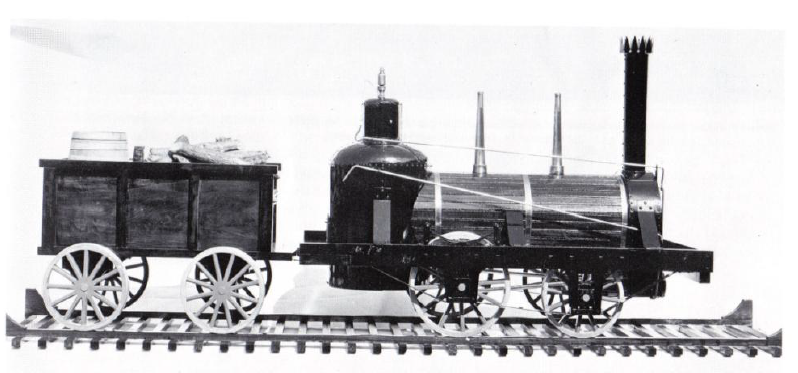
During the Civil War, the railroads were taken over by both the Confederates and Union forces. Neither side wanted the other to take control of the area. For example, after a Civil War Naval engagement at Aquia Landing between the U.S. Navy and Confederate shore batteries, the Confederates tore up track and destroyed bridges.
Lincoln had a brilliant engineer, Herman Haupt, come to Stafford and rebuild both. He rebuilt Aquia Landing and also with the help of only ordinary soldiers, built a bridge over Potomac Creek. It took them 9 days to complete for foot travel and less than two weeks for hourly steamship runs.
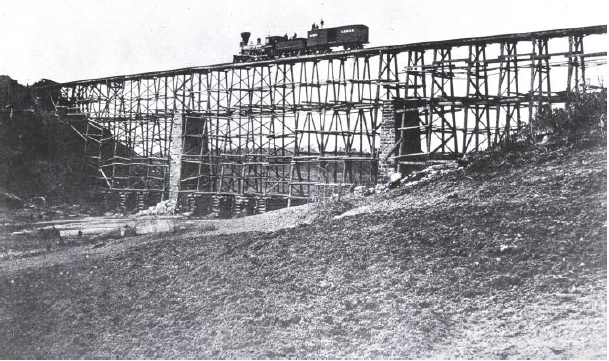
On May 23rd Lincoln walked over this bridge. He was so impressed with the bridge that he told those back out the White House that it was a remarkable structure and made up of nothing but “Beanpoles and Cornstocks.”
During the Civil War Aquia Landing was a busy port, as Union Forces and supplies entered and exited from there. Even 10,000 former enslaved people exited from there making the landing their “Gateway to Freedom.”
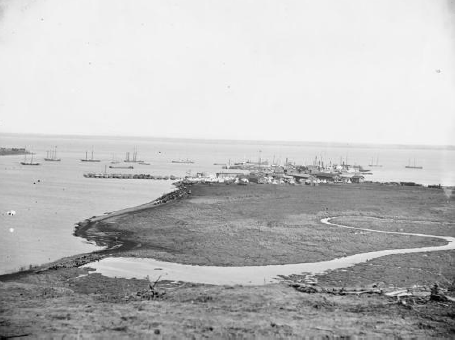
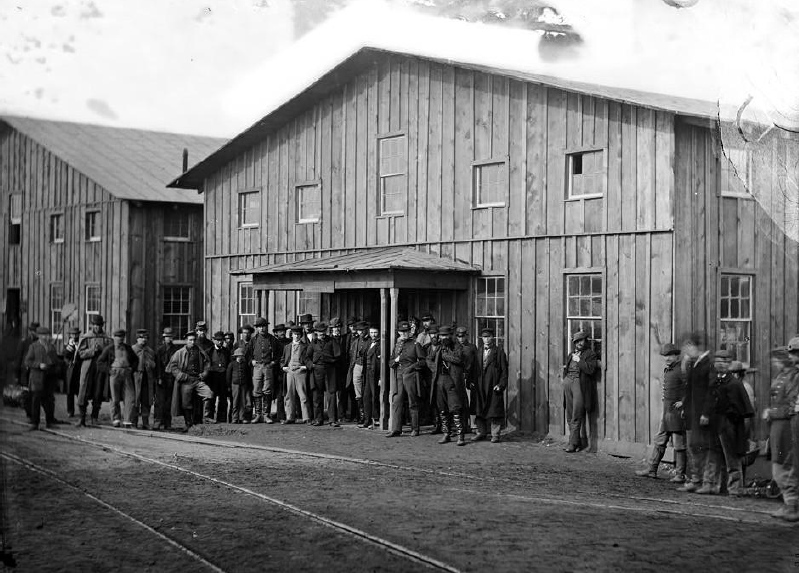
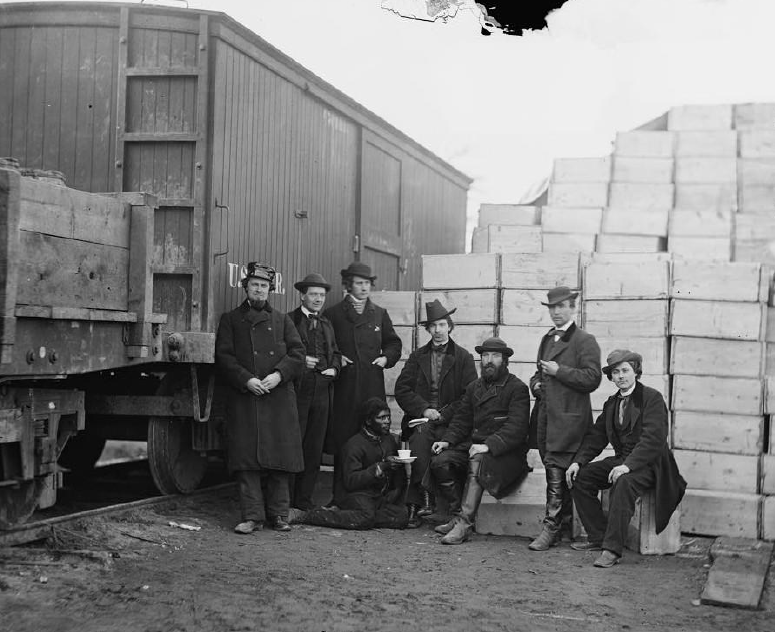
At the Civil War’s end, the RF&P was largely damaged or destroyed. By 1866, however, it had recovered sufficiently to establish operations between Richmond and
Hamilton’s Crossing (below Fredericksburg). Stage line service again connected Hamilton’s Crossing to Potomac Creek while Aquia steamship facilities were under construction. By September 1866, the Aquia steamship wharf was rebuilt and Washington steamboat service resumed. The following year, tracks were opened to connecting lines south to Weldon, North Carolina. Passengers could then travel without changing cars. Adverse weather conditions, which closed Potomac River traffic during the winter of 1867-1868, recreated demand for a continuous rail line from Washington to Baltimore. A new line was decided upon in 1870 to run from Stafford’s Brooke Station north to Alexandria. Stafford’s Potomac Steamboat Company terminus, however, moved from Aquia to Quantico Creek.
In 1872, the Alexandria and Fredericksburg Railroad was completed to Quantico. Night trains ran all the way from Richmond to Washington during the day, passengers changed to the Potomac Steamboat Line. All-rail service was soon preferred, and the steamboat contract was terminated.
Between 1865 and 1890, national railroading freight volumes had increased from 10 billion to 79 billion ton miles. In 1870 the RF&P still operating to Aquia Creek, “transported 8,999 tons of through freight and had 31,200 miles run by freight trains.” By 1880 “only eight years after the all-rail route was established, through-freight revenues exceeded local-freight revenues for the first time in company history.” In the twentieth century, American railroading surged, as did the RF&P: from 1903 to 1907 the entire line was double-tracked, increasing volume and infrastructure, including a new wooden double-track trestle bridge across Aquia Creek (1905). That wooden bridge was replaced in 1923 by a steel and concrete structure, but the 1923 bridge, limited in allowable speeds to thirty-five miles per hour, was replaced in 1946 with the modern bridge in service today.
Stafford area commuters – driving on modern highways and passing over Aquia Creek on today’s Virginia Rail Express (VRE) and Amtrack trains from Brooke, Potomac Creek (Leeland), and Fredericksburg – may reflect on the rich history of steamboats, stagecoaches, and railroads.


